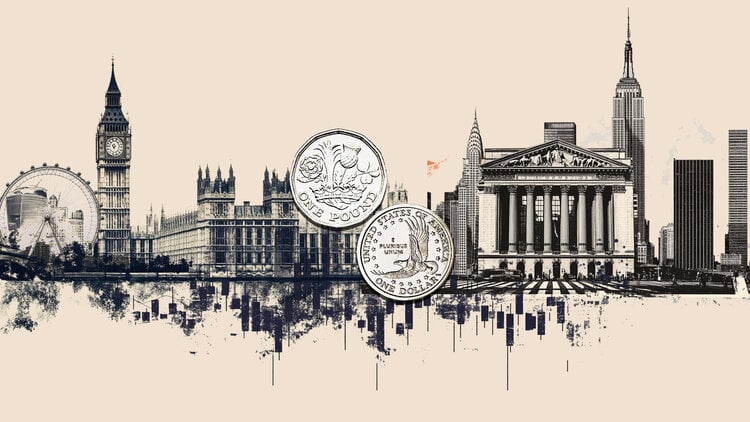Driven by the “normalization” of the operation of businesses that require personal contact, in the service sector, by an improvement in the labor market and by federal government measures that reinforced income, household consumption reached the highest level in the series in the second quarter. of the Gross Domestic Product (GDP), started in 1996, informed the Brazilian Institute of Geography and Statistics (IBGE).
The record was obtained after a growth of 2.6%, compared to the first three years, and a rise of 5.3%, compared to the second quarter of 2021, informed the IBGE this Thursday (1st).
With the advance, household consumption reached a level 1.9% higher than in the fourth quarter of 2019, the last quarter before the Covid-19 pandemic hit the economy.
According to Rebeca Palis, coordinator of National Accounts at the IBGE, with family consumption at the forefront and investments at the side, domestic demand drove economic growth, given the negative contribution of the external sector.
In addition, the growth in household consumption took place more in services. On the supply side, this sector was the main driver of GDP in the second quarter, as it accounts for about 70% of the entire economy, Palis recalled.
Services GDP increased by 1.3% compared to the first quarter, with emphasis on the 3.3% growth in the “other services” segment, which includes activities that are more dependent on personal contact, such as bars, restaurants, leisure , beauty salons, among others.
“We have a resumption and a repressed demand. People didn’t travel for two years,” said Rebeca Palis.
The IBGE researcher cited the normalization of business operations, the improvement in the labor market, the growth of credit and government measures as factors behind the growth in household consumption.
Compared to the second quarter of 2021, there was real growth in the mass of wages, due to job creation, even though the average compensation per worker is falling, Palis said.
In addition, the balance of credit operations for individuals jumped 25.6%, in nominal terms, in the interannual comparison.
In the case of the federal government’s measures, she mentioned the anticipation of the 13th salary of retirees and pensioners and the release of FGTS withdrawals. In addition, Auxílio Brasil, the program that succeeded Bolsa Famílias, was raised to R$400 per month.
The IBGE researcher acknowledged that the increase in income transfer programs boosts household consumption, but said that it is still too early to estimate how much impact there will be, on the third quarter data, with the most recent increase in the average payment for R$ 600 per month.
These factors outweighed the negative effects of high inflation and interest rates to cool the economy and thus combat price pressures.
“This harms family consumption, lowering income, increasing the price of products and with higher interest on loans, but, in addition to the improvement in the job market and the increase in credit, we also have resources that were released by the government from April”, said Rebeca Palis.
Source: CNN Brasil
I am Sophia william, author of World Stock Market. I have a degree in journalism from the University of Missouri and I have worked as a reporter for several news websites. I have a passion for writing and informing people about the latest news and events happening in the world. I strive to be accurate and unbiased in my reporting, and I hope to provide readers with valuable information that they can use to make informed decisions.







